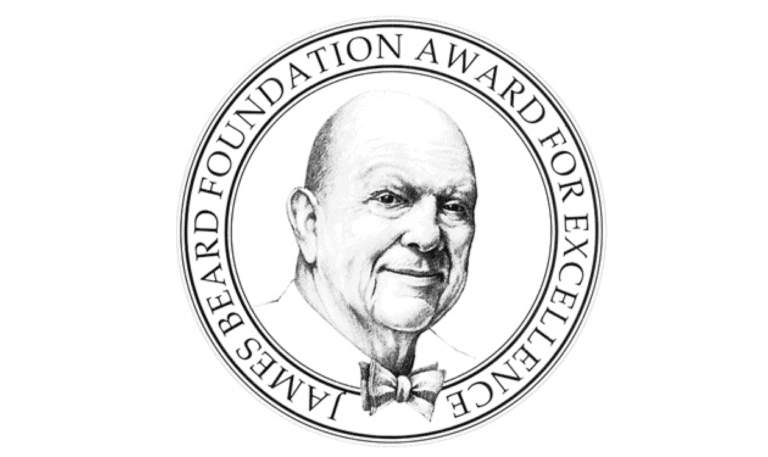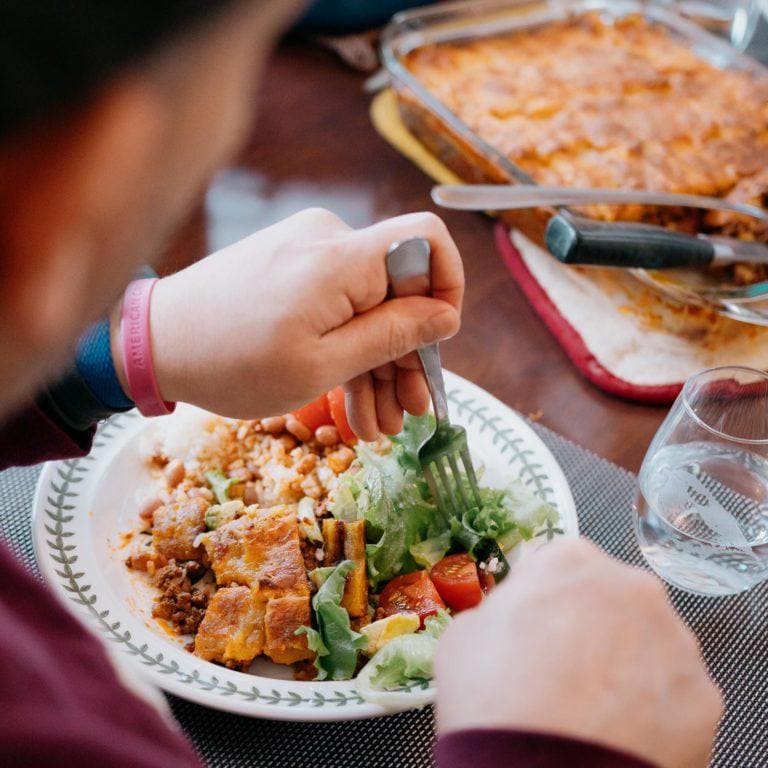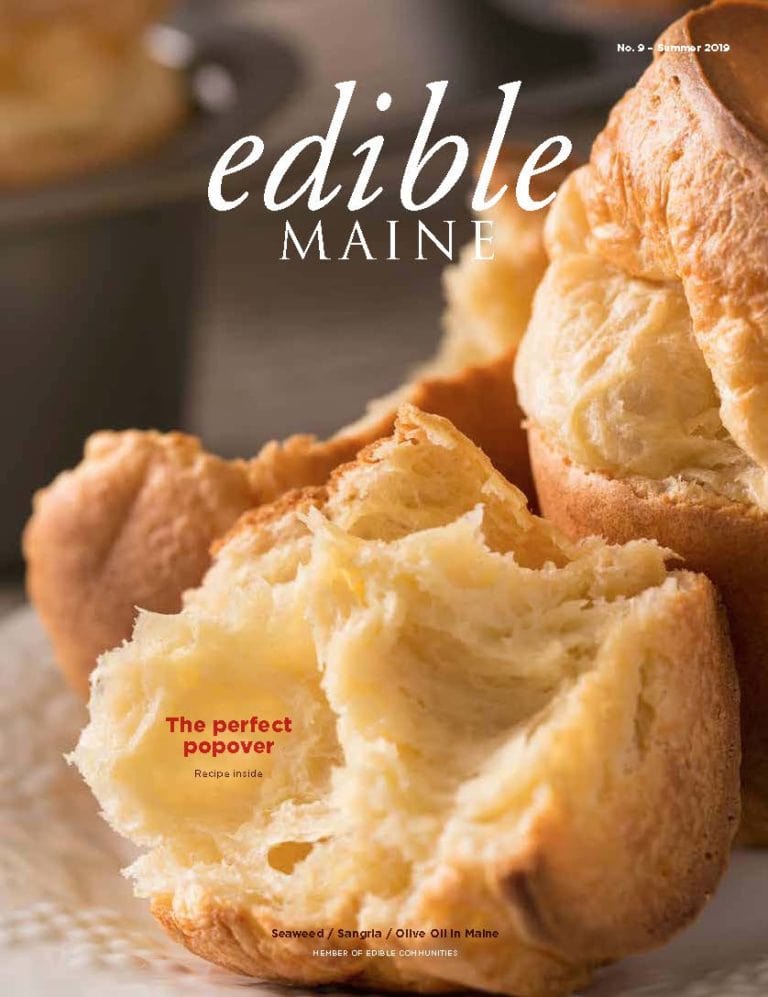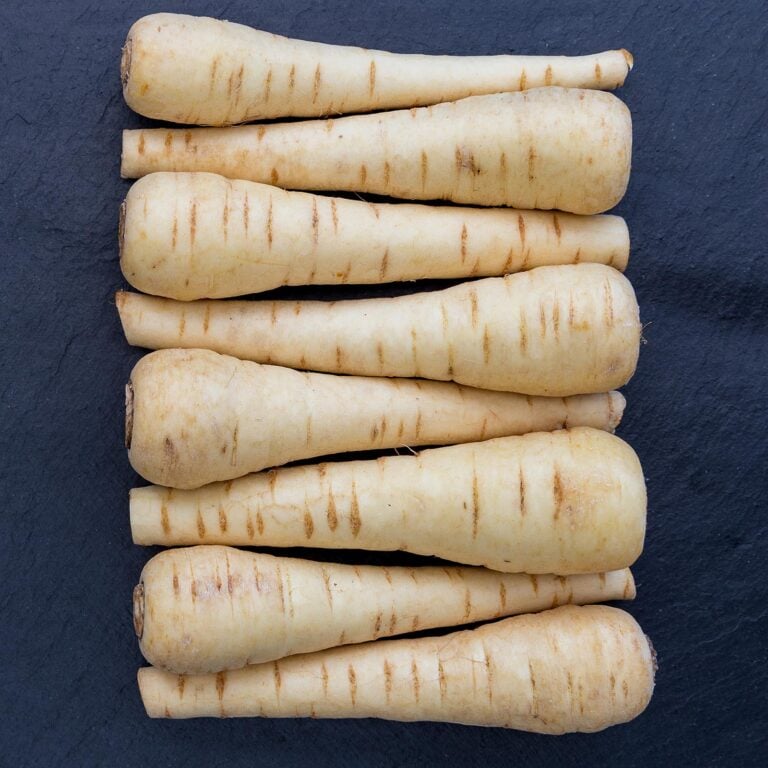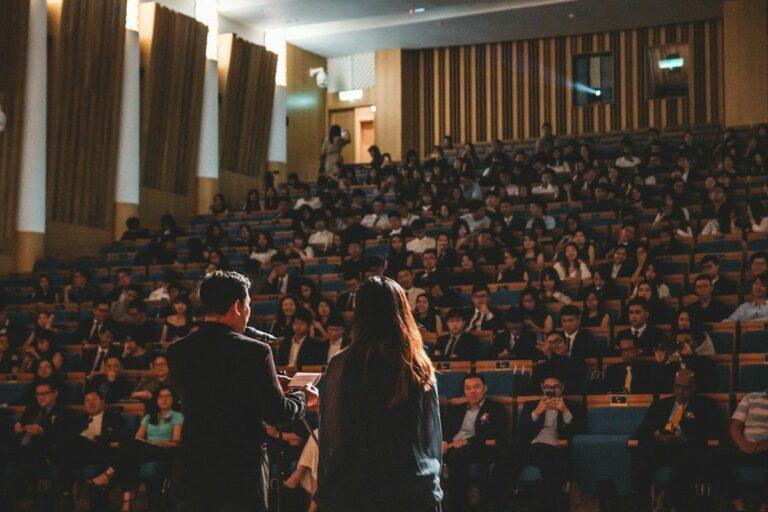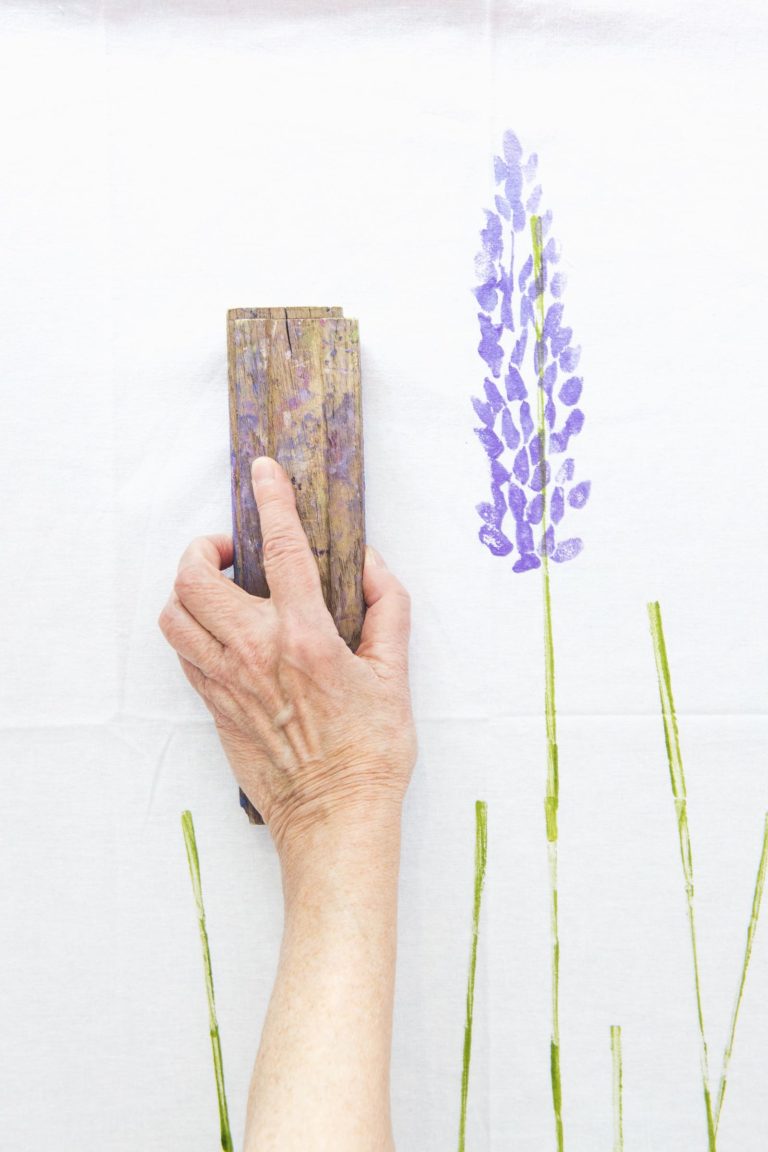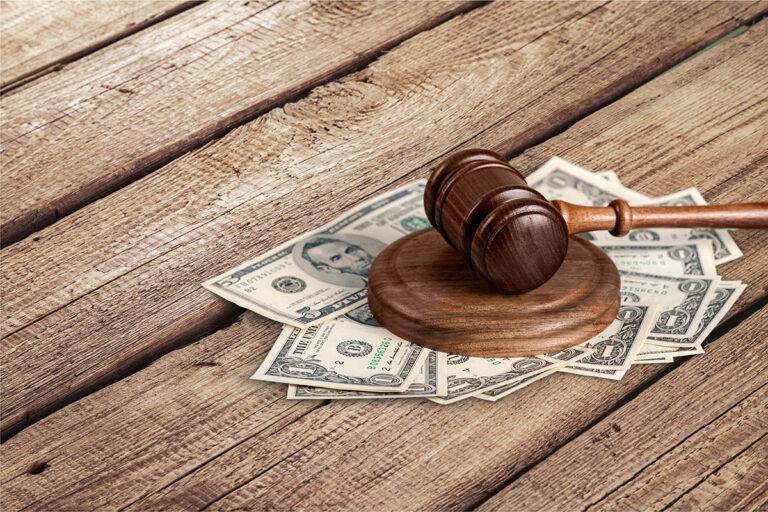Standing knee-deep in the gin-clear Naknek River in Alaska watching thousands of sleek, bright chrome shapes cruising past to fulfill their biological contract, I couldn’t help but marvel at one of nature’s miracles.
A couple days before, I’d observed the fishery from a floatplane. The scale of the river is such that it ebbs and flows with life during a massive 25-foot tide swing. Dozens of small-scale drift boats bobbed in the bay during the heart of the harvest in early July. They and other boats in other Bristol Bay watersheds would eventually harvest 43 million sockeye salmon, the second highest total on record.
As a powerful 7-pound sockeye blasted out of the water at the end of my fly line, I realized I was experiencing firsthand one of the best-managed fisheries in the world. During my time in Naknek, I picked wild Alaskan salmon out of a set net, a 300-foot-long gill net sized for market sockeye. There was very little, if any bycatch (fish other than salmon). I toured a processing plant that uses a combination of technology, inventive engineering, and the skill of over 500 employees to process up to a million fish a day to high quality standards.
Contrast those scenes and that fishery with the plight of Atlantic salmon. Salmo salar is a poster child on the endangered species list for what centuries of overharvest and reckless industrialization (dams, pollution, and other habitat destruction) have wrought. The last time there was a U.S. commercial harvest was 1948, and the annual return of fish to rivers in Maine has dropped to less than 1,000 adults. As an avid fly fisherman, I have also witnessed the decline of this majestic fish while intermittently fishing the Miramichi River in New Brunswick, Canada for the past 25 years.
This tale of two fish raises some interesting questions. Wild Alaskan and wild Atlantic salmon are distinct species with very different lifestyles, but tasty “cousins” in the eyes of seafood eaters. Yet, the only Atlantic salmon commercially available in the United States is farm-raised. These farmed fish not only have a different flavor profile from wild Atlantic salmon (and very different from wild Pacific salmon), they also come from an industry fraught with issues: disease, sea lice, escapes, antibiotics, hormones, and other stuff discoverable in a Google search.
When people ask me about salmon choices here in Maine, I don’t tell them what species to buy. My mission, whether in a classroom with fifth graders or at a restaurant dinner event, is to give folks information to make their own decisions. So we talk about the different species (wild Alaskan and farmed Atlantic), their stories, and what is available in the state.
True, we in Maine can easily find farmed salmon in most any supermarket. That’s because the current industrial food system makes it so. But there are ways to find responsibly harvested wild Alaskan salmon here too. The season begins with king salmon (Chinook) sometime in June, then runs into sockeye in July, and coho and other species (like chum and pink salmon) later in the summer. You can often find wild Alaskan king, sockeye, and coho at places like Harbor Fish Market, Rosemont Market, and Whole Foods in the Portland area. You may also be able to find them in smaller health food stores like Royal River Natural Foods in Freeport.
Then there is the question of having wild sockeye delivered to your doorstep. As I write this, I have 25 pounds of frozen sockeye from Bristol Bay stored at home—harvested by a fisherman I know and processed at the plant I mentioned. It will last my family of three into the spring. And every time we thaw one out, it is as fresh as if it just came out of the water. Yes, properly frozen salmon is as good as, if not better than “fresh” product that was harvested and processed several days before hitting the display case. (Check out www.mongr.net or www.wildforsalmon.com for a couple of East Coast operations that fish Bristol Bay in the summer and ship to Maine.)
Is it more expensive? Often, yes. But that’s the price we pay for ensuring that we keep up our end of the contract with the fish by closely monitoring the harvest to ensure they continue fulfilling their DNA-driven contract with future populations.
We take care of them. They take care of us.
That’s what a responsibly managed fishery looks like. To hear podcasts featuring fish harvesters, indigenous advocates and others from Bristol Bay, Alaska talk about the fishery, the resource and what it means to them, visit One Fish Foundation’s Blog.







